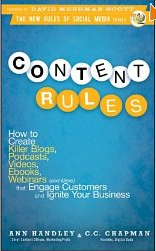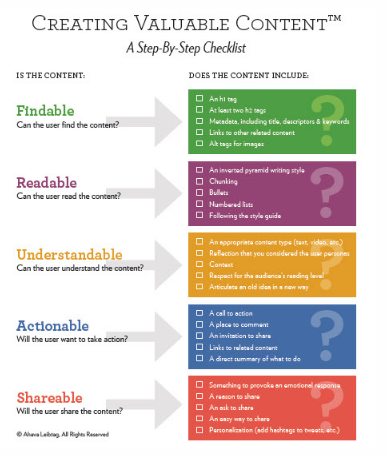Are you getting results from your content marketing? Does your website do it’s job? What about your e-newsletters? Or your blog? If these marketing tools were people, would you give them a raise … or fire their butts? Think about it.
It’s all fine and dandy to spend time, money and energy upgrading, re-designing, and adding content so that you have an automatic lead generating system online, but if your output is more than your incoming business results, it’s all just silly, isn’t it?
I’ve been working with some really great clients who understand good content marketing. And, I’ve reviewed more than my fair share of boring blogs, websites and newsletters this past month.
I’m frustrated yet occasionally blown away by the quality of online marketing by small businesses and professionals.
Big ANNOUNCEMENT:
I’m giving a free webinar this Wednesday April 20, 2011 at 5 p.m. ET:
Time Saving Tips for Content Marketing Results
You can register here.
What’s the one BIG mistake I see eight out of ten websites making? For that matter:
- Why are so many e-newsletters not getting read?
- What do many smart professionals forget to do in their online marketing?
- What’s the least time-consuming, most effective way to build up your web presence?
Part of the problem I see with marketing – at least with coaches and consultants – is that people are too busy with clients and don’t have a clear marketing road map to follow. The 1-2-3 next steps aren’t laid out. What’s “not sure” gets put off. Here’s what else… Read More→












